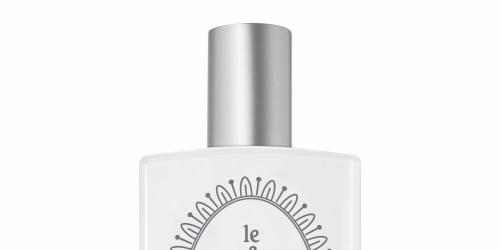The most widely used animal notes in the field of perfumery
In perfumes, you can find civet. Material of animal origin is now forbidden, but there are reproductions of artificial origin. For example, the house Chanel uses it in its famous "N ° 5" and "Coco". At Dior, you can find it in "Diorissimo". Similarly, natural musk is now forbidden, the animal being protected: perfumers use the synthetic components called "white musks". You can feel them in "Flower" of the house Kenzo and "Hypnotic Poison" of the mark Dior. On the synthetic reconstitution side, there is also ambergris, whose natural material is no longer used, because its price is prohibitive. "Shalimar" by Guerlain and "Nina Elixir" by Nina Ricci release the scents of this component in background notes. Finally, another substance is used in perfumery: the castoreum. Natural matter of animal origin is not prohibited, but is less and less integrated into the juices, for it is necessary to kill the beast to collect matter. There is a synthetic derivative, but it releases less complexity than the natural substance. This note is perceptible in "Magie noire" of Lancôme and "Opium" of Saint Laurent.
Properties of animal material
Very often, concentrated animal matter has a very strong, unsustainable odor. However, in adequate quantity and dilution, it reveals all its powers of warmth, depth and sensuality to the fragrances. Animal notes are often used in background notes, especially for their fixative effect.
In perfumes, you can find civet. Material of animal origin is now forbidden, but there are reproductions of artificial origin. For example, the house Chanel uses it in its famous "N ° 5" and "Coco". At Dior, you can find it in "Diorissimo". Similarly, natural musk is now forbidden, the animal being protected: perfumers use the synthetic components called "white musks". You can feel them in "Flower" of the house Kenzo and "Hypnotic Poison" of the mark Dior. On the synthetic reconstitution side, there is also ambergris, whose natural material is no longer used, because its price is prohibitive. "Shalimar" by Guerlain and "Nina Elixir" by Nina Ricci release the scents of this component in background notes. Finally, another substance is used in perfumery: the castoreum. Natural matter of animal origin is not prohibited, but is less and less integrated into the juices, for it is necessary to kill the beast to collect matter. There is a synthetic derivative, but it releases less complexity than the natural substance. This note is perceptible in "Magie noire" of Lancôme and "Opium" of Saint Laurent.
Properties of animal material
Very often, concentrated animal matter has a very strong, unsustainable odor. However, in adequate quantity and dilution, it reveals all its powers of warmth, depth and sensuality to the fragrances. Animal notes are often used in background notes, especially for their fixative effect.


